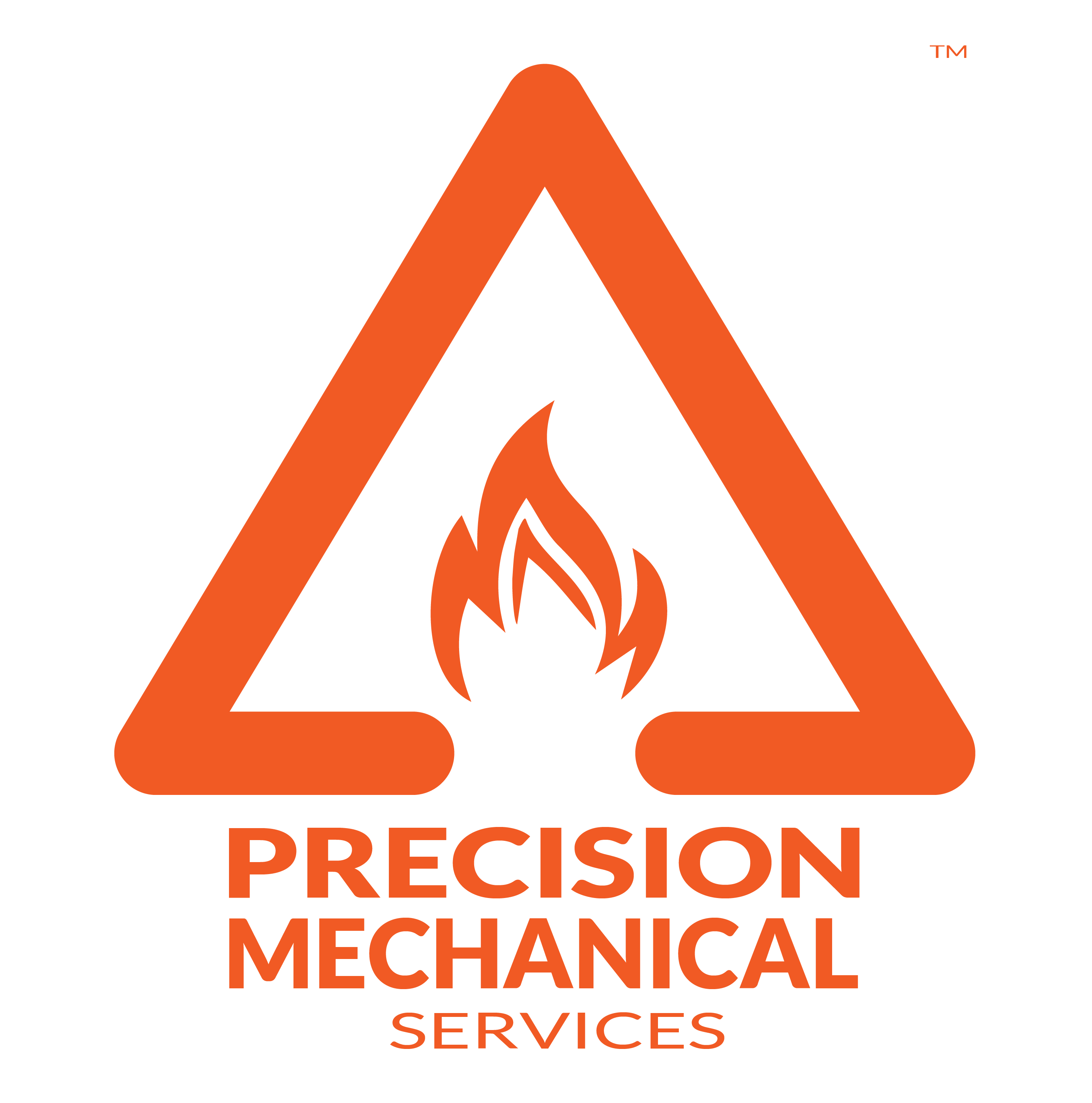NFPA STANDARDS
NFPA 13: Installation Requirements
The requirements for spacing, location, and position of sprinklers shall be n the following principles:
1. Sprinklers installed throughout the premises
2. Sprinklers located so as not to exceed maximum protection area per sprinkler
3. Sprinklers positioned and located so as to provide satisfactory performance with respect to activation time and distribution. System valves and gauges shall be accessible for operation, inspection, tests, and maintenance.
NFPA 13: Design
Per NFPA guidelines state that working plans shall be submitted for approval to the authority having jurisdiction before any equipment is istalled or remodeled.
Working plan shall consist of a plan of each floor, showing the items that pertain to the design of the system. The working plan shall include:
– Manufacturers’ istallation instructions for any specially listed equipment, including descriptions, applications, and limitations for any sprinklers, devices, piping, or fittings.
– Special symbols shall be used and explained for auxiliary piping, pumps, heat exchangers, valves, strainers, and the like clearly distinguishing these devices and piping runs from those of the sprinkler system.
– Model number, type, and manufacturer’s name shall be identified for each piece of auxiliary equipment.
The types of systems addresses by this standard include, but are not limited to, sprinkler, standpip and hose, fixed water spray, and foam water. Included are the water supplies that are part of these systems, such as private fire service mains and appurtenances, fire pumps and water storage tanks, and valves that control systems flow. The document also addresses impairment handling and reporting. This standard applies to fire protection systems that have been properly installed in accordance with generally accepted proactices.
The purpose of this document is to provide requirements that ensure a reasonable degree of protection for life and property from fire through minimum inspection, testing, and maintenance.
In those cases where it is determined that an existing situation can involve a distinct hazard to life or property, the authority having jurisdiction shall be permitted to require inspection, testing, and maintenance methods in excess of those required by the standard.
NFPA 25: Inspections, Testing & Maintenance
This document shows the minimum requirement for the periodic inspection, testing, and maintenance of water-based fire protection systems. Which is an integrated system of underground and overhead piping designed for fire protection purposes and designed in accordance with fire protection engineering standards. The installation includes one or more automatic water supplies. The portion of the sprinkler system above ground is a network of specially sized or hydraulically designed piping installed in a building, structure, or area, generally overhead. Sprinklers are attached to the piping in a systematic pattern. The valve controlling each system riser is located in the system riser or its supply piping. Each sprinkler system riser includes a device for actuating an alarm when the system is in operation. The system usually is activated by heat from a fire and discharges water over the fire area.
The types of systems addressed by this standard include, but are not limited to, sprinkler, standpipe and hose, fixed water spray, and foam water. Included are the water supplies that are part of these systems, such as private fire service mains and appurtenances, fire pumps and water storage tanks, and valves that control system flow. The document also addresses impairment handling and reporting. This standard applies to fire protection systems that have been properly installed in accordance with generally accepted practices.
The purpose of this document is to provide requirements that ensure a reasonable degree of proction for life and property from fire through minimum inspection, testing, and maintenance.
In those cases where it is determined that an existing situation can involve a distinct hazard to life or property, the authority having jurisdiction shall be permitted to require inspection, testing, and maintenance methods in excess of those required by the standard.
